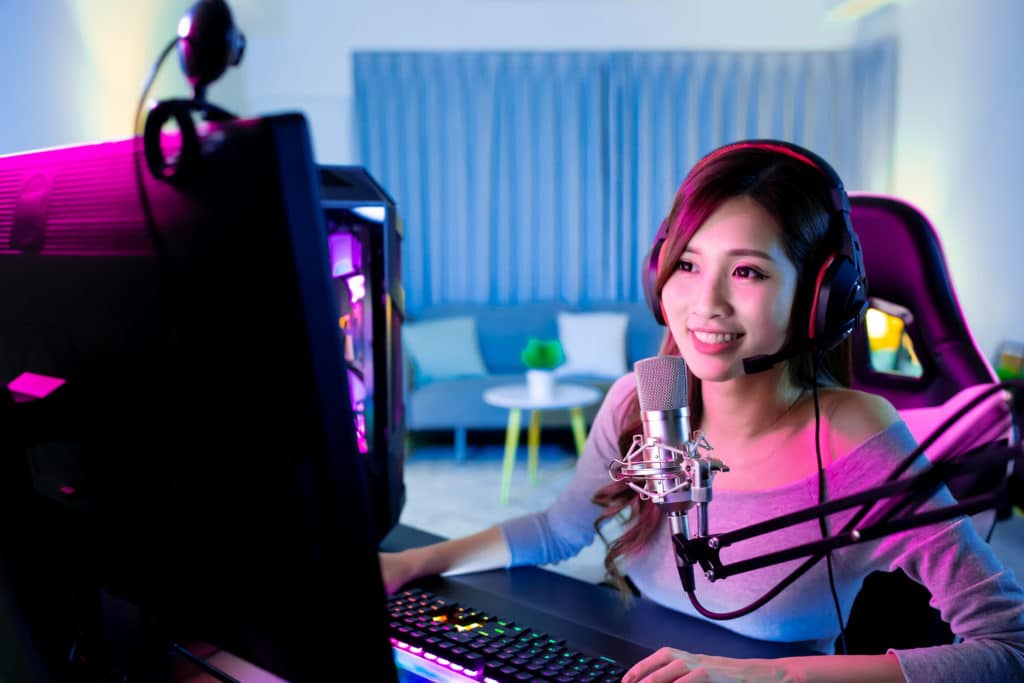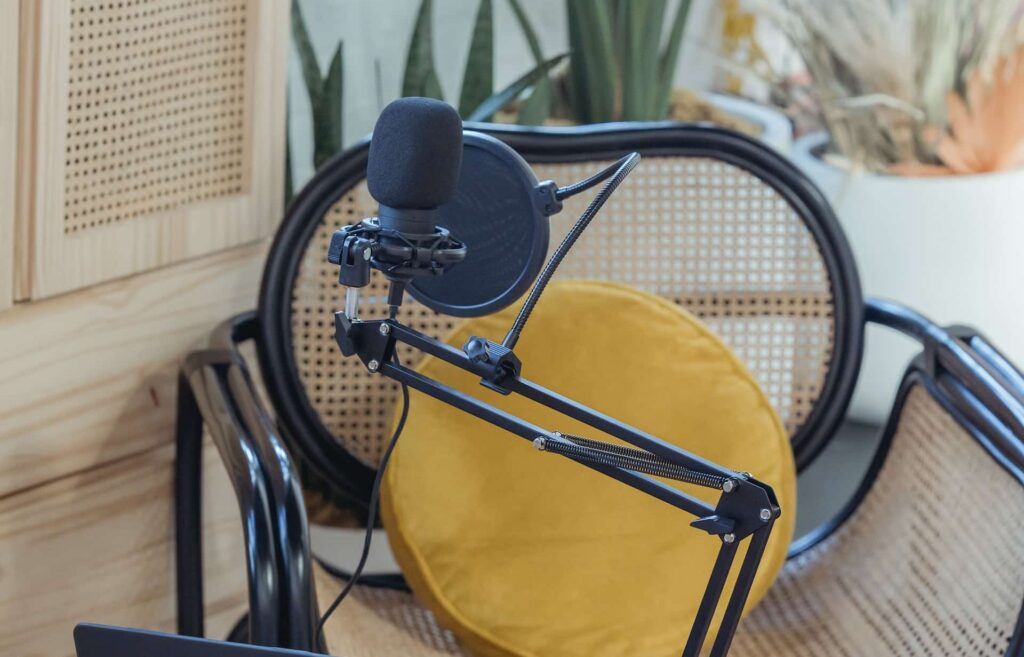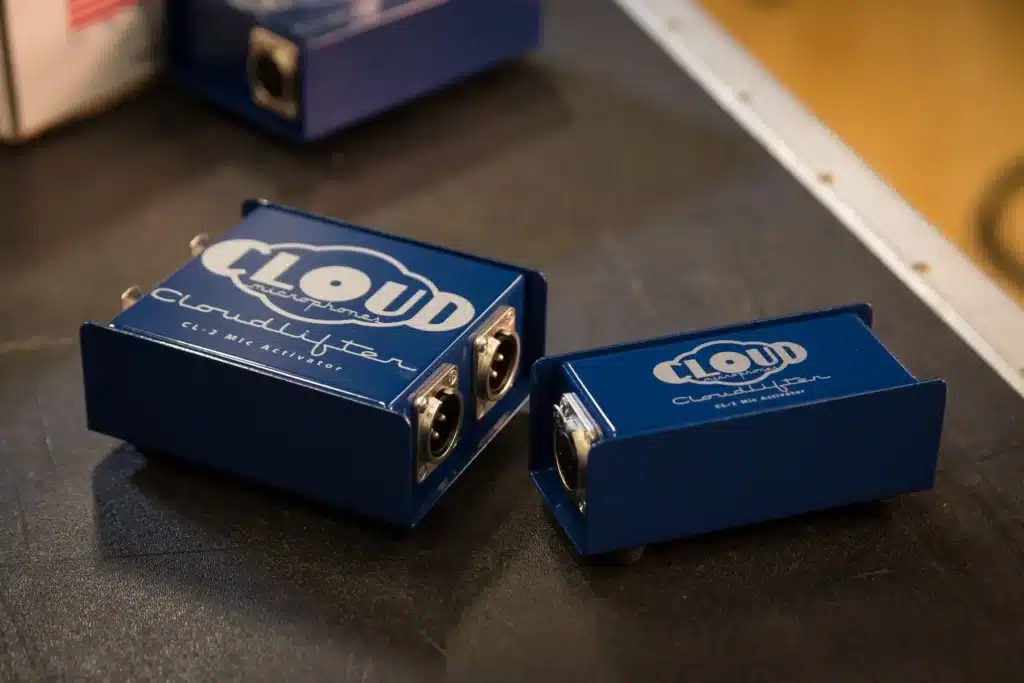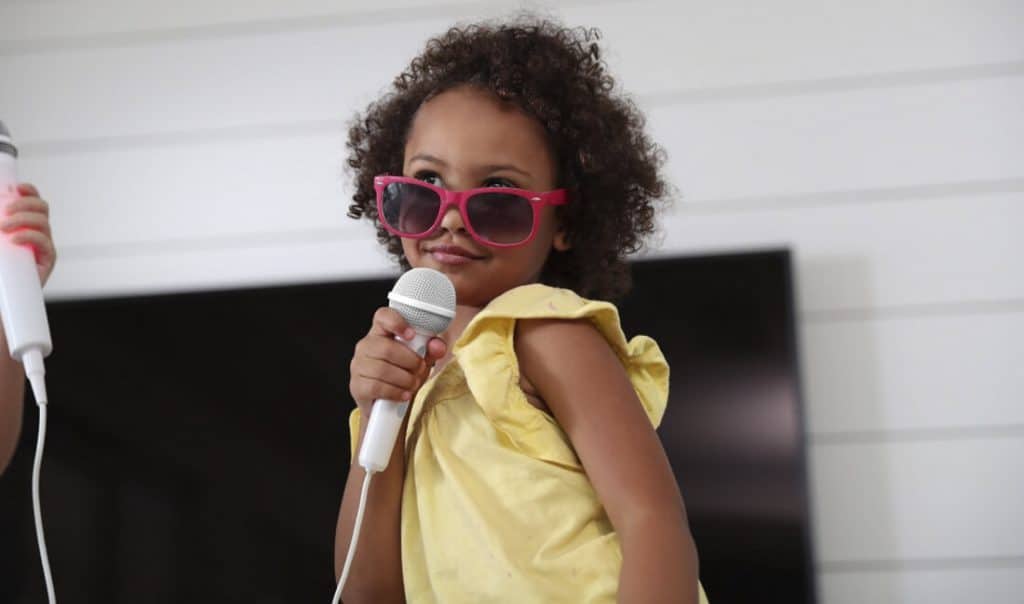Reasons to buy an external GoPro microphone
 GoPro has changed the approach of recording videos. Just as with built-in mics and phones, there’s only a certain amount of quality that you can get from a microphone, which is self-contained within the rest of the device. These microphones aren’t terrible, but they give you nowhere near professional quality.
GoPro has changed the approach of recording videos. Just as with built-in mics and phones, there’s only a certain amount of quality that you can get from a microphone, which is self-contained within the rest of the device. These microphones aren’t terrible, but they give you nowhere near professional quality.
An external GoPro microphone is going to improve your audio quality dramatically. Not everyone will need to do that, but there are many different activities where it would be a great idea. All of the features we’ll look into shortly, such as frequency response, audio sensitivity, and signal to noise ratio, are all much better on a dedicated external microphone.
The importance of a microphone will depend on how you use your GoPro. If you like using it while on a motorbike, then it’ll pick up those engine sounds. For interviews, it will pick up the voice well. When it comes to recording music, it will capture the full range. Thus, if audio is crucial to your production, then it makes sense to invest in an external GoPro microphone.
How to get the best GoPro microphone
All the microphones here are different, so you must consider several factors before getting the best one. What type of sound are you capturing? Will it be high or low frequency? Or will it be in a loud or quiet environment? These are the types of questions you need to ask yourself. As we go through each of these key features, it’s important to make a note of how each one relates to you. By the end, you’ll develop a clear picture of the best GoPro microphone for you.
Compatibility and adapters
If you want an external microphone for a GoPro, you’re most likely going to need an adapter. It’s important to note that some GoPro cameras aren’t compatible with an external microphone at all, and they are the HERO (2014 and 2018), HERO7 (Silver and White), HERO+LCD, HERO4 Session, and the HERO Session.
If you don’t have one of those models, you’re in luck. Hero models from 5 onwards have a USB-C connection, so you’ll need a 3.5mm to USB-C adapter. Next, Hero models in the 3 and 4 range use the older mini-USB connection, so these would require a 3.5mm to mini-USB adapter.
Some microphones come with extra adapters, so it’s good to check that first before you see if you need to get one separately.
Polar pattern
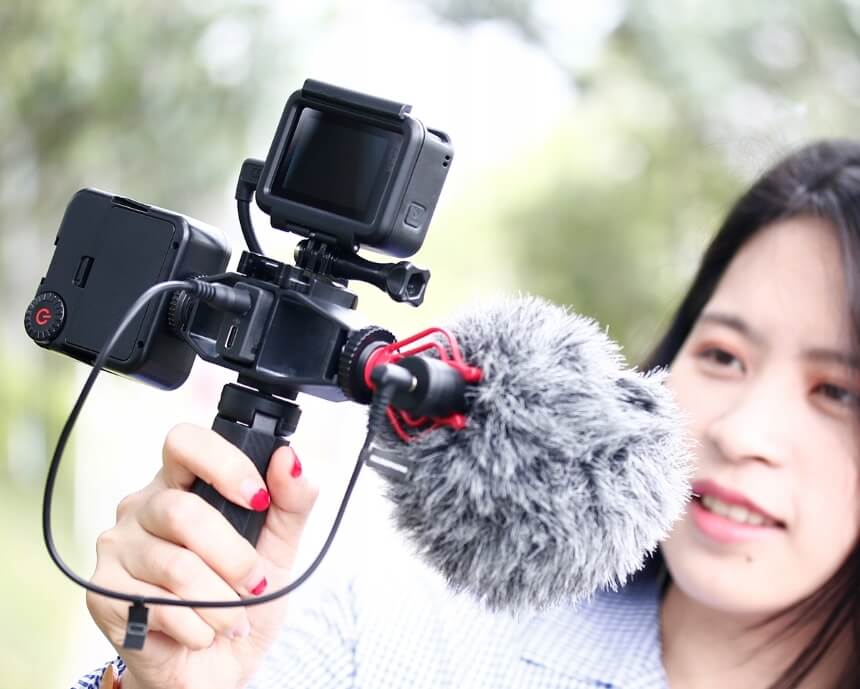 The polar pattern is how your microphone is going to pick up sound.
The polar pattern is how your microphone is going to pick up sound.
Cardioid – This is what looks like a heart shape in front of the mic, so sound from the rear won’t be picked up.
Supercardioid/shotgun – These tend to have quite a narrow focus in front of the microphone. They are, therefore, great for noisy environments where you want to isolate the sound.
Bidirectional – This will pick up sounds in front and from behind the mic, and this is kind of like a figure 8. It’s an excellent pick for an interview with two people.
Omnidirectional – This type pretty much picks up sound in a perfect circle around it. It’s ideal for instruments for anywhere you want to pick up the ambient or acoustic sound.
Frequency response
The frequency response is how the mic picks up sound at different frequencies. This usually isn’t much of an issue if you wanted to pick up the voice, as almost all microphones will cover the lower end of the male vocal range, which is usually around 100 Hz.
if you wanted to record bass instruments or have a lower frequency range for any other reason, the KIWIfotos Compact Microphone would be a great option as this can go down to 35 Hz. The highest frequency humans can hear is 20 kHz, and most microphones can get to very nearly that level, such as the Movo VXR10 Universal Video Microphone, which goes up to 18 kHz.
Audio sensitivity
Audio sensitivity is measured in decibels relative to one volt (dBV) and is a rating of a microphone’s output signal strength. This will be measured in a minus figure. Thus, -20 dB would be seen as a highly sensitive mic, and -60 dB wouldn’t be as sensitive. As such, most models, including the Movo VXR10 Universal Video Microphone, sit somewhere in the middle with a -42 dB rating. On the other hand, the Rode VideoMic Pro+ is a fairly sensitive mic.
Is high or low sensitivity good? Well, that depends on the application. Low sensitivity is best for loud environments such as busy streets. High sensitivity is better for recording in a quieter place.
Signal to noise ratio
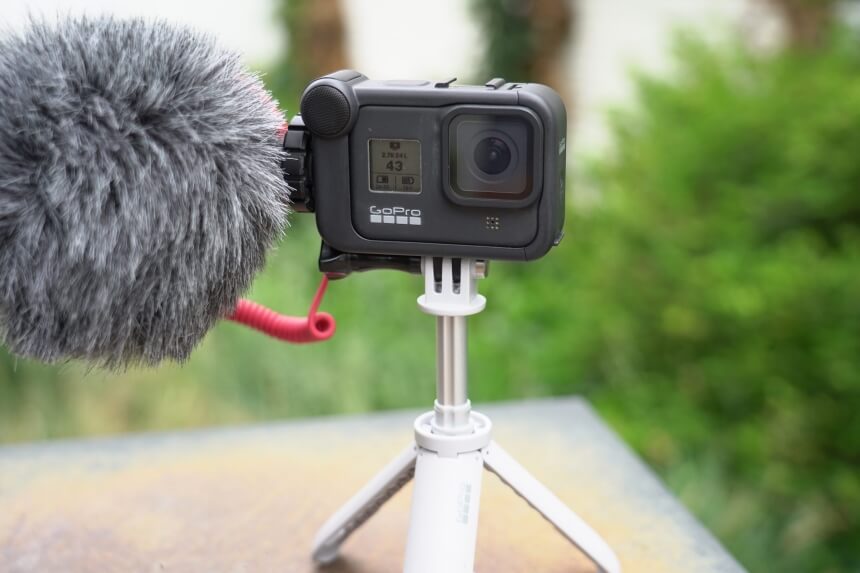 The signal to noise ratio (SNR) is a measurement to describe how much unwanted sound comes through the recording. You’ll notice a lot of static noise in the background on cheap microphones, which can ruin the recording.
The signal to noise ratio (SNR) is a measurement to describe how much unwanted sound comes through the recording. You’ll notice a lot of static noise in the background on cheap microphones, which can ruin the recording.
A rating of around 74 dB would be seen as a good rating, but its importance will depend on where you’re recording. In noisy environments, you can get away with a smaller SNR rating as the signal noise would be less apparent. For quiet environments, it may need to be higher.
Dimensions and weight
Another important consideration is the dimensions and weight of the microphone. The importance of this will depend on how you want to use it. If you need something small and discreet, then the Purple Panda Lavalier Lapel Microphone Kit is going to be perfect.
It may be, however, that you want something more robust to capture sound while you’re on the go. If that sounds like you, then the Rode VideoMic Pro+ may be what you’re looking for. It’s good to think of what activities you’ll be doing and then get a microphone that fits in with that.
Warranty
A warranty is essential to protect your investments should something go wrong. Not only that, but a good warranty can give you confidence that a company has faith in the durability of its product.
Because not all protection plans are the same, it’s good to check exactly what is being covered.
The best warranty we’ve seen here is with the Rode VideoMic Pro+ as it offers you 10 years once you’ve registered. Others will provide you with a lot less, such as a 30-day return period. With these microphones, it’s a good idea to test them out as soon as you get them in case there are any issues.
What else can be useful?
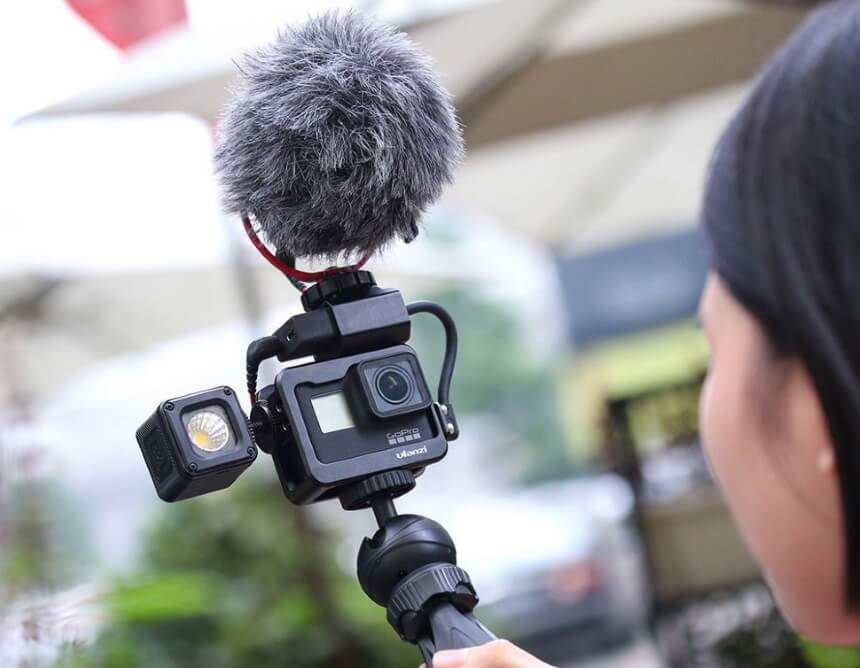 There are many accessories that can come with these microphones. They include windscreens that help to block out that horrible wind sound. Also, some companies offer both foam and furry windscreen, as we see with the KIWIfotos Compact Microphone.
There are many accessories that can come with these microphones. They include windscreens that help to block out that horrible wind sound. Also, some companies offer both foam and furry windscreen, as we see with the KIWIfotos Compact Microphone.
Another vital accessory to have is a shock mount that will allow you to attach it to your camera, helmet, or anything else. A carrying bag is always a beneficial addition, and there are some companies who also provide all the cables you need.






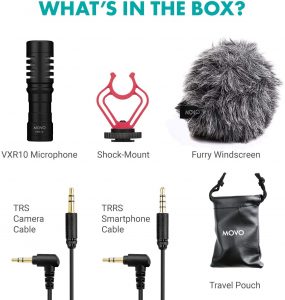


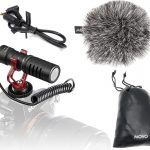
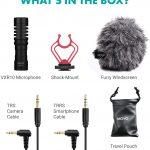
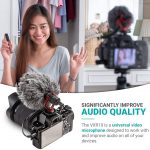
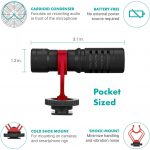
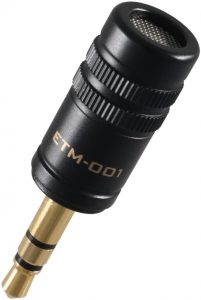
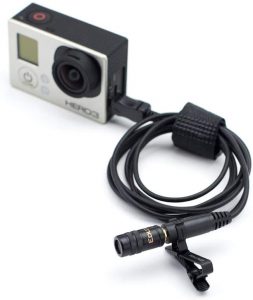
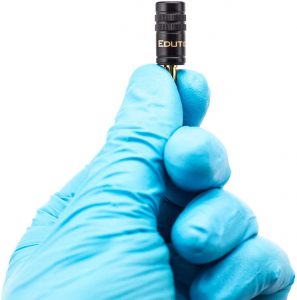
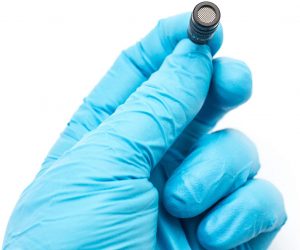
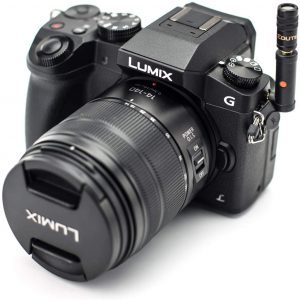
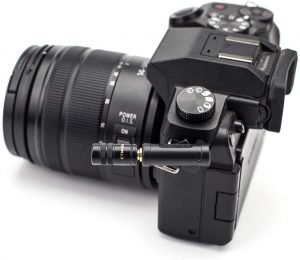
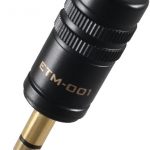
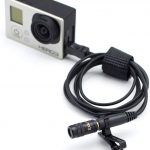
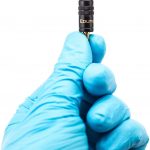
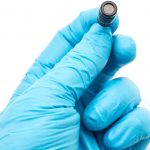
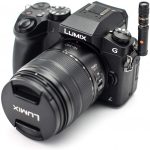



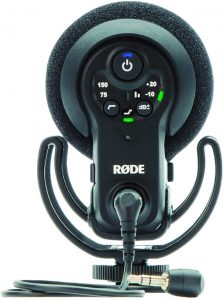


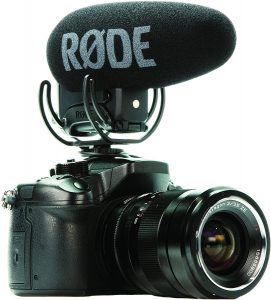
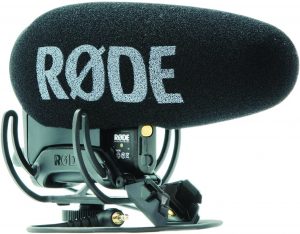
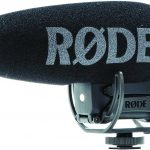
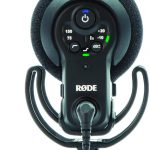
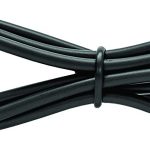

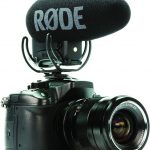
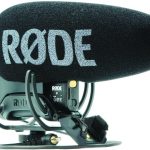
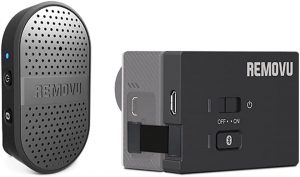
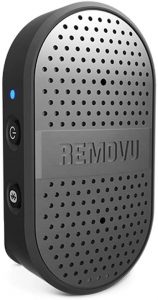
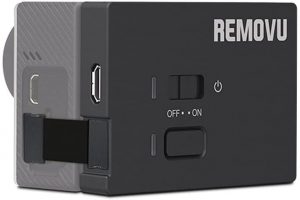
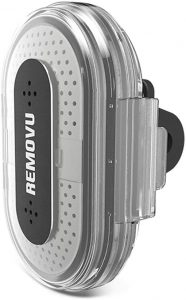

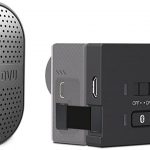
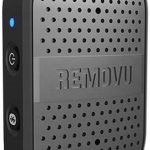
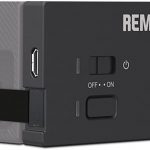
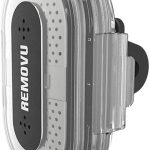
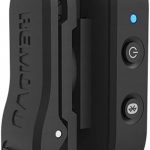
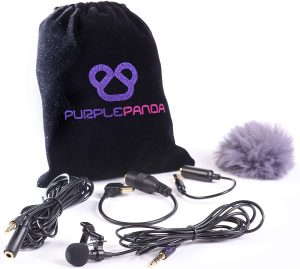
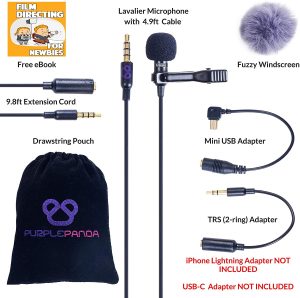
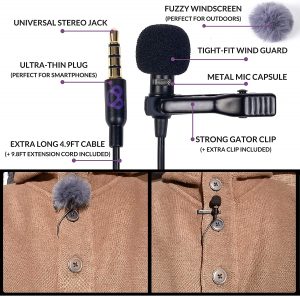
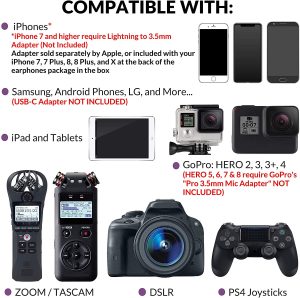

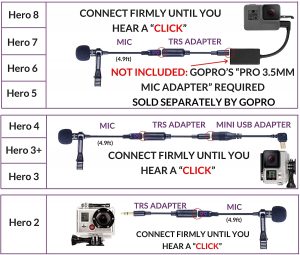

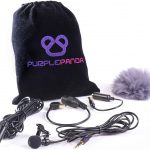
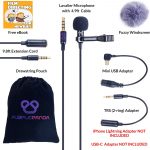
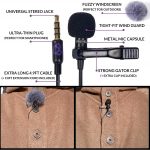
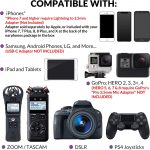
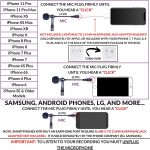
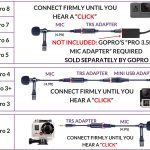
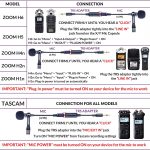
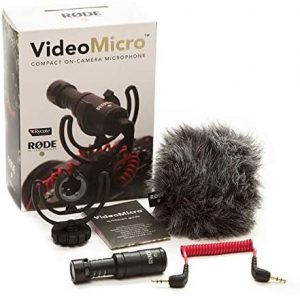
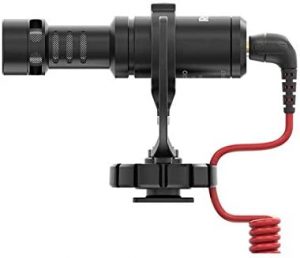
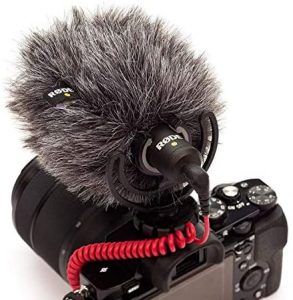
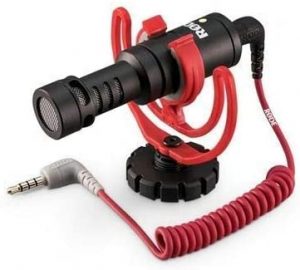
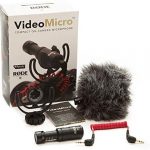
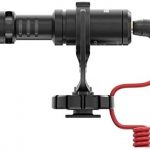
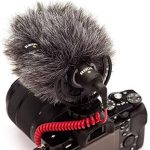
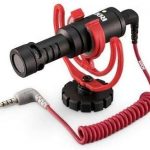
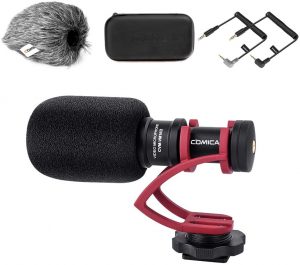
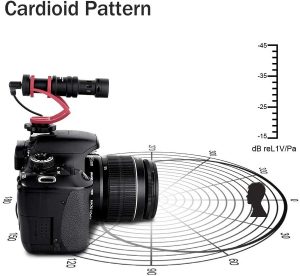

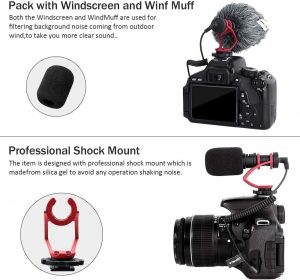

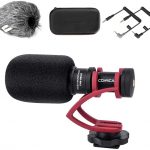
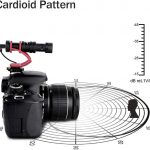
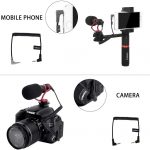
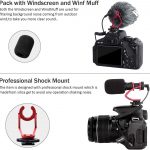
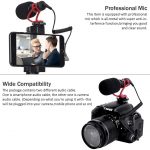
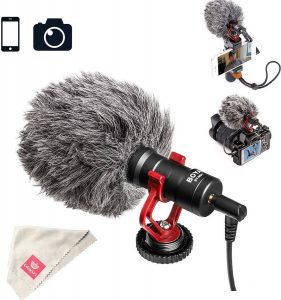
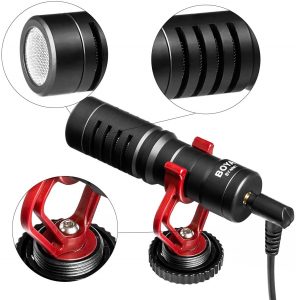
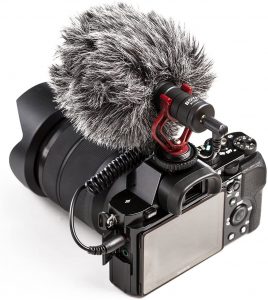
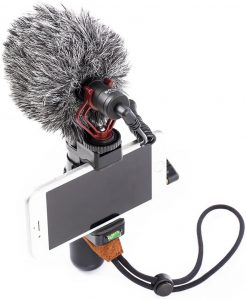
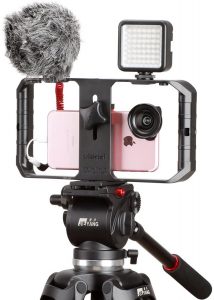
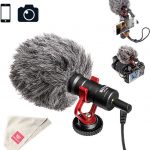
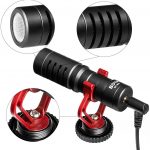
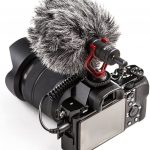
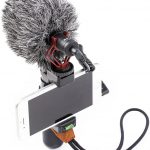

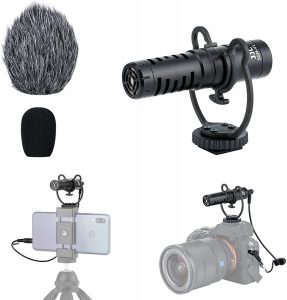
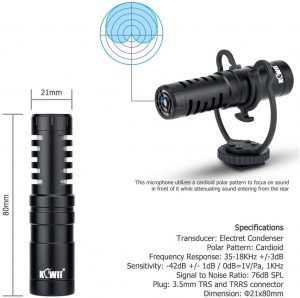

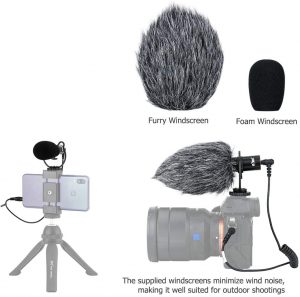

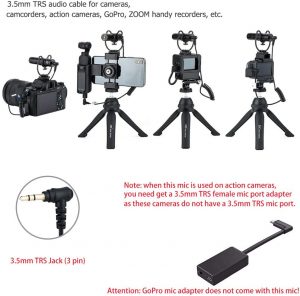
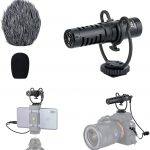
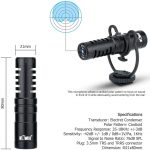
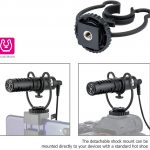
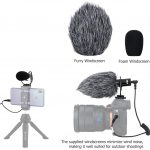
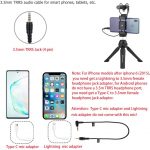
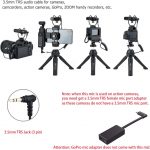
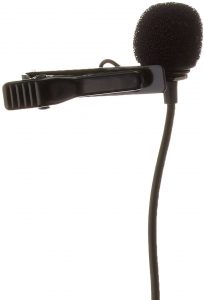
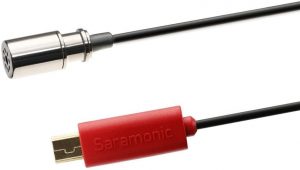
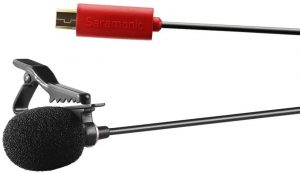
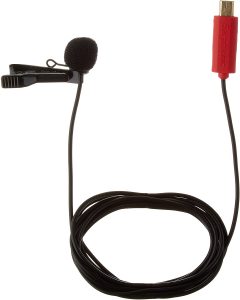
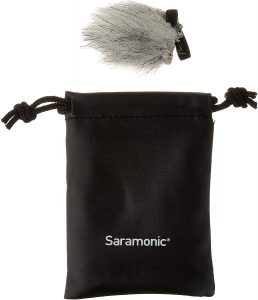
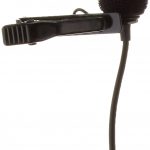
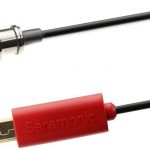
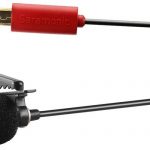
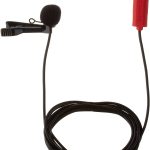
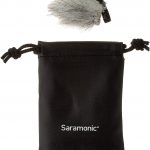
 GoPro has changed the approach of recording videos. Just as with built-in mics and phones, there’s only a certain amount of quality that you can get from a microphone, which is self-contained within the rest of the device. These microphones aren’t terrible, but they give you nowhere near professional quality.
GoPro has changed the approach of recording videos. Just as with built-in mics and phones, there’s only a certain amount of quality that you can get from a microphone, which is self-contained within the rest of the device. These microphones aren’t terrible, but they give you nowhere near professional quality. The polar pattern is how your microphone is going to pick up sound.
The polar pattern is how your microphone is going to pick up sound. The signal to noise ratio (SNR) is a measurement to describe how much unwanted sound comes through the recording. You’ll notice a lot of static noise in the background on cheap microphones, which can ruin the recording.
The signal to noise ratio (SNR) is a measurement to describe how much unwanted sound comes through the recording. You’ll notice a lot of static noise in the background on cheap microphones, which can ruin the recording. There are many accessories that can come with these microphones. They include windscreens that help to block out that horrible wind sound. Also, some companies offer both foam and furry windscreen, as we see with the
There are many accessories that can come with these microphones. They include windscreens that help to block out that horrible wind sound. Also, some companies offer both foam and furry windscreen, as we see with the 





